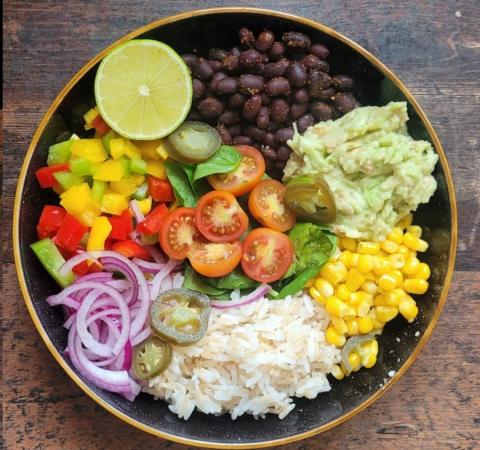Consumer Preferences of Food Properties
Improving food and drink products depends on identifying those characteristics that appeal to consumers. Traits relating to taste, smell and visual appearance are all important in determining which varieties or processing methods are considered more desirable. Consumers can also vary widely in their perceptions and preferences, and studies need to account for these to provide accurate estimates of preferences across all participants.
Designing Studies
Studies need to be designed to accurately estimate how participants vary in their perceptions over the range of products, how consistently they test on the same products, and how they use the sensory liking scale. There can be limitations of the number of samples that can be processed in one session, which often means arranging multiple sessions that have sufficient overlap in e.g. varieties. Properly planned statistical analyses can ensure that valid comparisons can still be made from these studies.
BioSS’ Role
BioSS has experience in designing and analysing sensory profile experiments, such as for potatoes and soft fruits. Some of these have been large, complex designs. One project, for example, was to identify genetic factors influencing taste (Quantitative Trait Loci) in a potato mapping population. BioSS designed a series of tasting sessions, which were then analysed to provide comparable measurements for the largest possible number of potato genotypes in the population.
Impact
In addition to locating Quantitative Trait Loci associated with flavour in potatoes, BioSS has also developed a model relating taste to sugars and acids in raspberries. This latter project was carried out in collaboration with colleagues at the James Hutton Institute.
Future Developments
BioSS is evaluating new statistical models for the improvement of sensory trial analyses.


